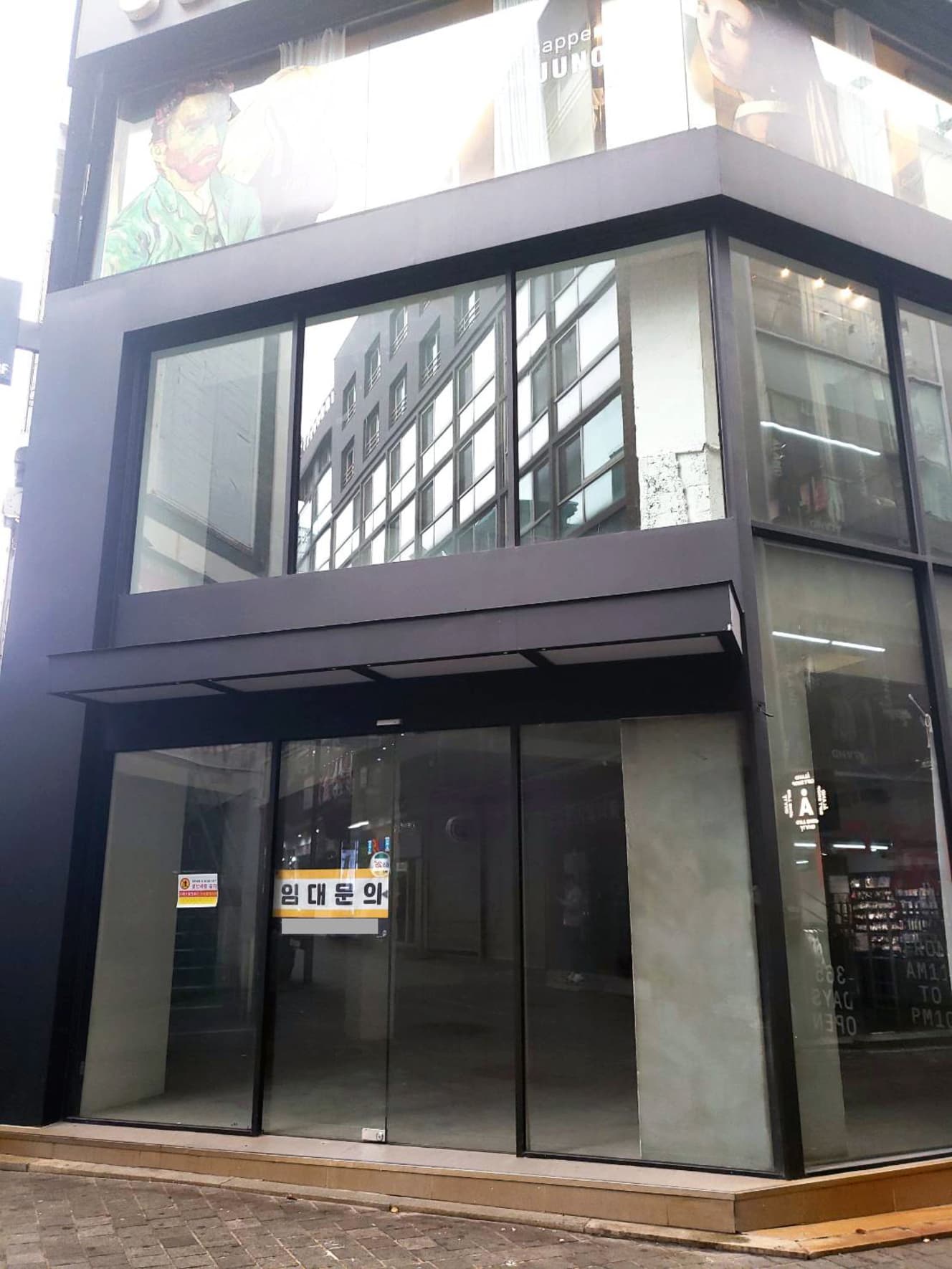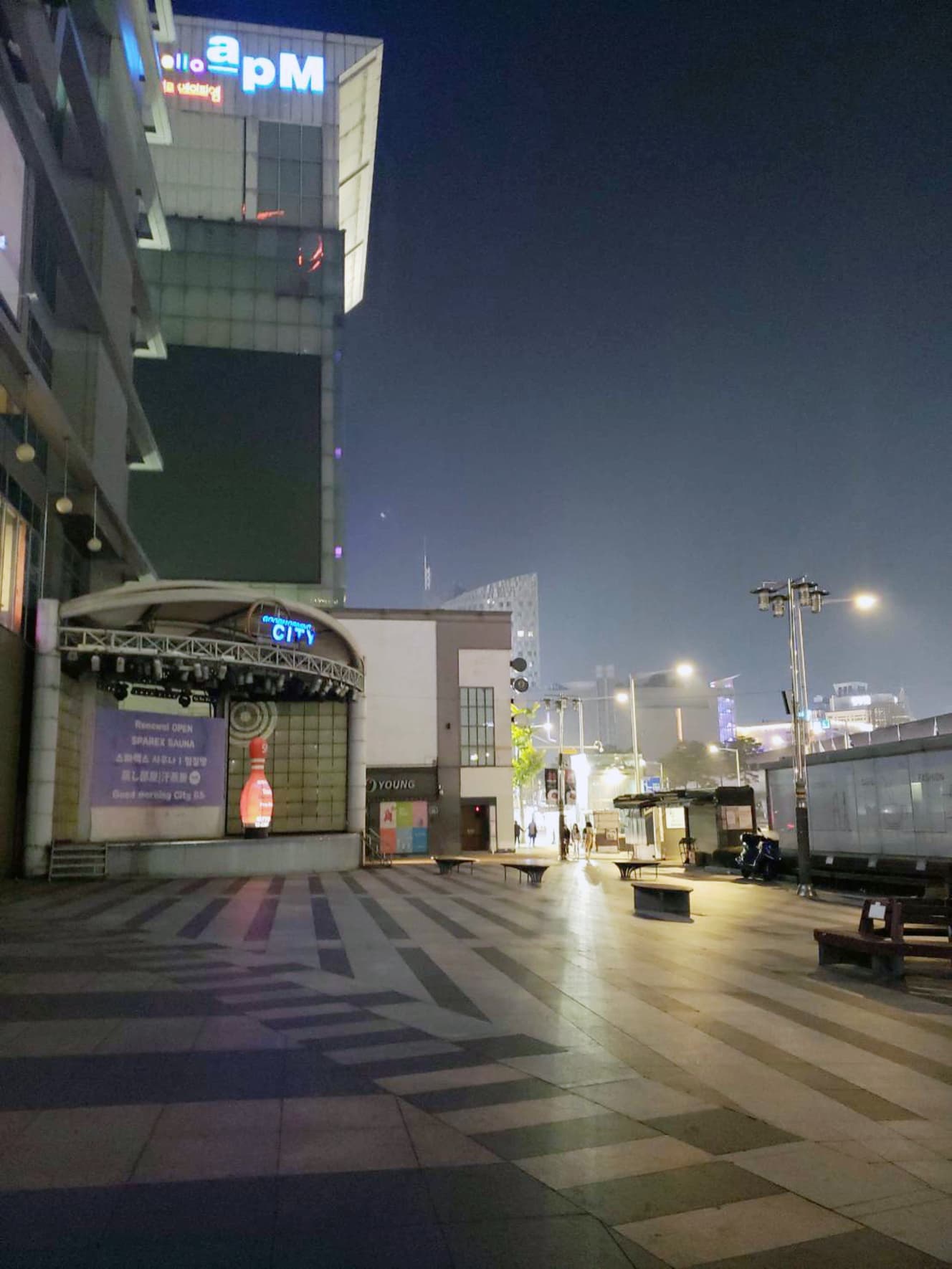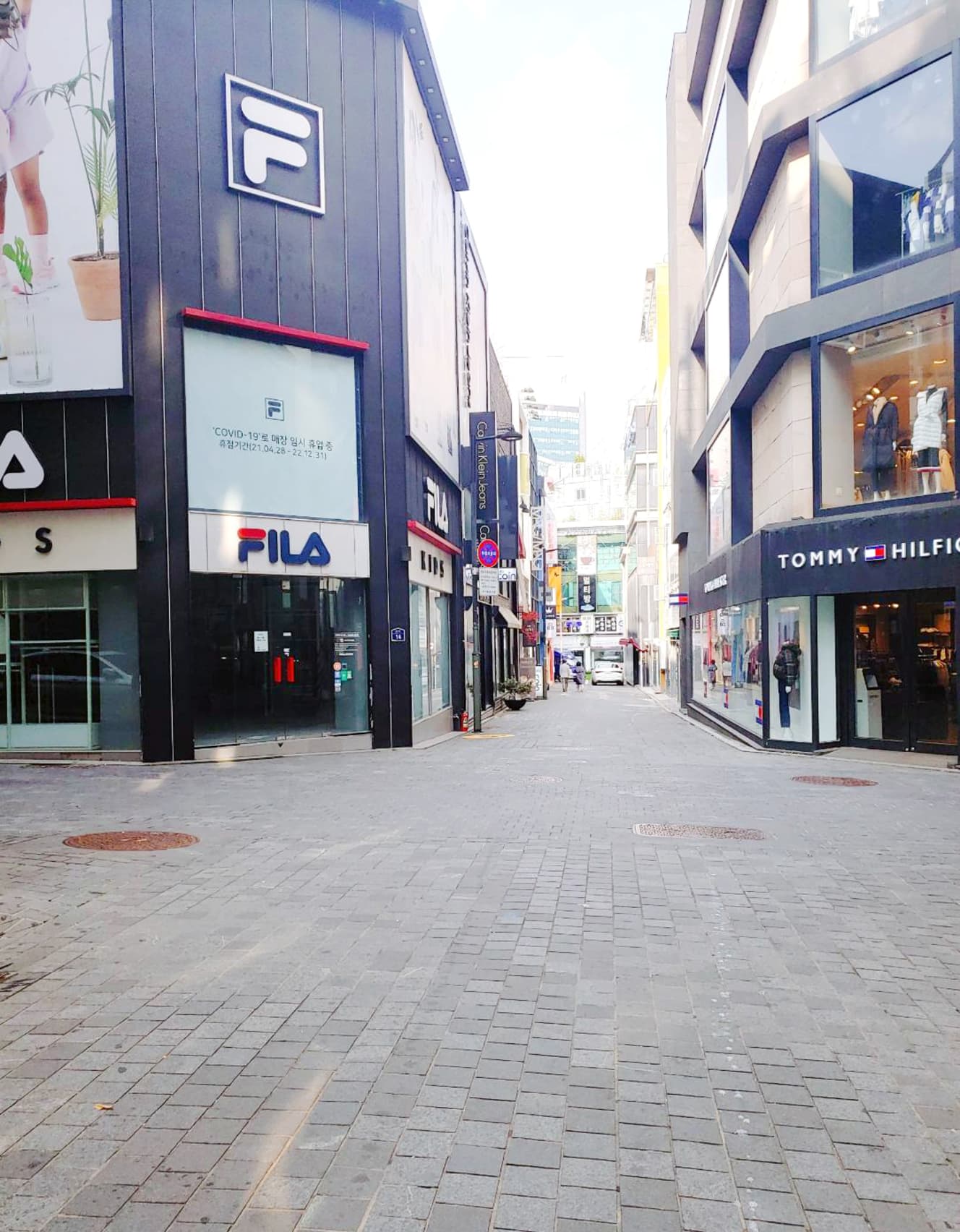Myeong-dong is full of empty rooms and young people are “leaving Itaewon”… Shocking changes in Seoul, Korea

Seoul, South Korea, ranked No. 1 in the “Year-End and New Year’s Overseas Travel Bookings Ranking” released by travel industry giant HIS.
This is the first time in 11 years that Seoul has ranked first, and Busan, the second largest city, also ranked fourth. In addition to visa exemptions, deregulations such as the elimination of the need for PCR inspections after entry into the country and the city’s proximity are the reasons for its popularity.
Although Korea seems to have lowered the hurdles for Japanese tourists, the popular tourist spots were not as lively as expected in mid-November, perhaps due in part to the Itaewon stampede.
When we asked people who have been doing business in downtown Myeongdong and Dongdaemun for many years, they said, “The Japanese have not returned as much as we had initially expected. On the contrary, they even asked, “Are the Japanese not coming back because the Itaewon accident was widely reported? ” They even asked me, “Is it because the Itaewon accident was widely reported?
Will the increase in the number of tourists during the year-end and New Year holidays bring back the bustle of the old days?
Tourist spots full of empty stores: ……Itaewon accident has caught up with them.
According to Korean media reports, the vacancy rate for commercial facilities and stores in Myeong-dong once exceeded 42%. Now, vacant tenants are said to have gradually filled up and the vacancy rate has dropped to 36.9%, but it is still surprising because it is still nearly 40% vacant.
In fact, walking around Myeong-dong, one can see that the main street is bustling with activity, but if you go down an alley, you will still find a shuttered street. It is still fine during the daytime, but at night it is so scary that it is hard to believe that it is Myeongdong at all.

The owner of an eyeglass store in Myeongdong predicts that “between Christmas and New Year’s, vacant stores will be filled and Japanese people will return,” but at a stall in Namdaemun Market, he was heard to say , “Japanese are not returning, but the number of Westerners is increasing. Indeed, in the tourist areas of Myeongdong and Namdaemun, I got the impression that there were more Westerners than Japanese.
Dongdaemun, a shopping district known as “the town that never sleeps at night,” has a vacancy rate in the 3% range, but the number of pedestrians is clearly decreasing. Even old stores are looking for tenants. The “LOTTE FITIN” fashion building has long since closed, and other fashion buildings have either shortened their opening hours or increased the number of days they are closed.
Even the Gwanghee Market, where Japanese used to come to buy leather goods, has been rattled and is closed on Friday and Saturday nights. A woman who runs a store in this market lamented, “The number of Japanese tourists has really decreased, and even if they do come, they don’t buy expensive products.
The jjimjilbang (Korean super public bath), which used to be packed with tourists before Corona, has also been seriously damaged. However, the number of visitors has not returned.
The only time we get a lot of Japanese tourists is when there are events or concerts in Korea. If there is nothing going on, we don’t get that many visitors,” sighs an employee. The Itaewon car accident also had a major impact, he said. “After the accident, the whole country was in a mood of self-restraint, and local customers stopped coming, too,” he said.

Travel to Korea was not all good news
Some Koreans said that “Japanese tourists are not coming back as expected,” and that the accident at Itaewon may be the cause. However, one of the factors may be the loss of the “ease” and “sense of value” felt in pre-Corona travel to Korea.
First, overseas travel itself is becoming a luxury due to soaring fuel surcharges. Fuel surcharges, which were around 1,000 yen before Corona, now exceed 15,000 yen.
The depreciation of the yen is also a major blow to Japanese tourists, who 10 years ago could exchange 10,000 yen into 150,000 won. Now it is only 94,000 won at most.
In addition, the cost of living in Korea has risen more than in Japan. The solrontang and cold noodles that I used to eat casually have become more expensive, and I can no longer bring myself to drink coffee at a fashionable café in Gangnam. Even when shopping, it is probably cheaper to buy similar products in Japan.
Even though visa exemption has been granted, it does not mean that you can travel to Korea without doing anything. It is necessary to apply for a “K-ETA” (Korea Electronic Travel Authorization) online in advance, and it is also recommended to register for “Q-CODE” (Quarantine Information Pre-entry System) to shorten the local procedures.
Even with all these procedures, limousine buses from Gimpo Airport to Seoul are still out of service.
For entry into Japan, it is recommended to register for the “Visit Japan Web” application, which has replaced the discontinued “My SOS” (a health whereabouts verification application for immigrants). They will also be required to present proof of three vaccinations, and if they are unable to do so, they will be required to provide proof of an inspection within 72 hours prior to departure from Japan.
Not only does this cost more money than before due to the rising fuel surcharges, but it also takes more time and effort to prepare.
It’s not just Japanese tourists that have vanished from the sights! Trends among young Koreans are also changing. ……
While the popular tourist destinations of Myeongdong, Namdaemun, and Dongdaemun show that Japanese tourists are not returning as expected, there are other areas of the city that are bustling with large numbers of young people.
In Hongdae and Hapcheong, which are popular among young people, there are not a few restaurants with lines out the door at night. A Korean woman who saw this scene speculated, “Young people who used to hang out in Itaewon may be flowing into the area.
Popular areas such as Yeonnam-dong and Seongsu are also overflowing with young people, many of whom post on Instagram. Since young Koreans gather in these areas, they have not been affected as much by the decline in Japanese tourists or the Itaewon accident.
Conversely, there are many people who want to eat good food but feel that there is no need to go all the way to the crowded downtown area.
Pedal culture” has taken root in Korea since before the Corona era. Pedal” means delivery or delivery service, and even a bowl of jarred noodles can be delivered to a designated location. Needless to say, the number of delivery services has increased even more with the introduction of Corona.
In South Korea, delivery apps such as “Delivery Nation” are very easy to use, and “Uber Eats,” which is popular in Japan, had no chance against these competitors and withdrew from the market before Corona.
The same goes for shopping. Koreans who used to shop at night at Dongdaemun a few years ago can now complete all their shopping online. A Japanese woman who has lived in Korea for a long time says, “Unless there is a big sale, it is much cheaper to buy cosmetics and clothes online. I don’t go out of my way to go shopping.
In other words, it is not only Japanese and Chinese tourists who have declined in popular spots such as Myeongdong and Dongdaemun, but also a certain number of Koreans.
Nevertheless, the business spirit of Myeongdong is strong. As I walked around, I heard the following comment.
“Dear customers, there are ‘perfect imposters’ in the stores!
Only there, Myeongdong was the same as it was before Corona.

Reporting and writing: Aiko Kodama (Korean columnist)
Korea watcher who plans, interviews, and writes for Korean entertainment magazines and guidebooks.
In addition to introducing Korean films in the media, she contributes a column on Japan-Korea relations.